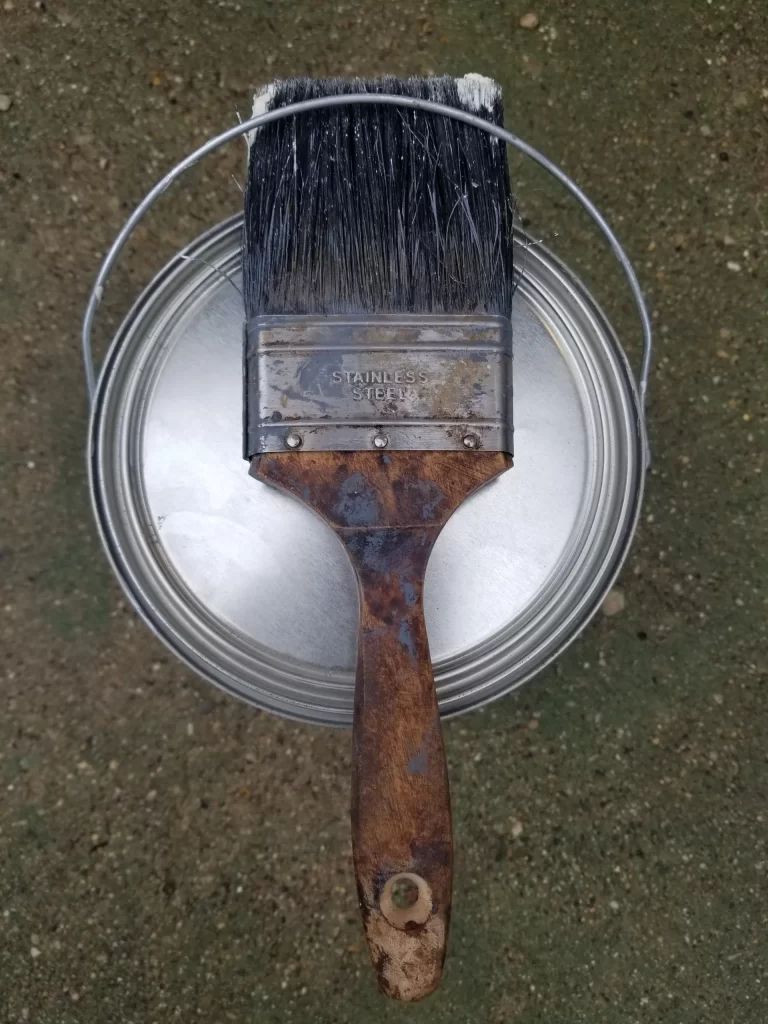Having a home inventory can be a lifesaver if you ever find yourself in a situation where you need to replace personal property after a loss. Should you ever need to make a homeowners or renters insurance claim, having a current and detailed inventory of your belongings will make the claims process much easier and faster. Making a home inventory can seem a little overwhelming and just a little bit annoying when you first consider it. However, there’s a process you can follow and tools you can use to make the task run smoother so you can get the job done quicker than you thought. Here’s how you can make a home inventory without losing your mind!
1. Use Spreadsheets
Noting things down yourself or taking pictures is one way to go about it. But a better way to make a home inventory consists of using spreadsheets. These are available on Microsoft Excel, Google Sheets, and OpenOffice. This tool will allow you to make your home inventory easily and it will save you time. You can save the photos and receipts in a folder, and it’s recommended you record video clips of each room and store them as well.
2. Make a List of Everything You Own
Yes, making a home inventory will require you to make a list of everything you own. However, you don’t have to do this all at once. Focus on one room at the time and write down every object in each room. It’s a good idea to come up with categories for the objects and make notes on the condition, model, and estimated value of each item.
3. Take Pictures and Record
You can use your own smartphone for this or a digital camera if you have it. What’s important is that you take a picture of each item and also record the room briefly. As you’re recording, open drawers and closets so everything is shown, and narrate what each item is and how much they’re worth. Don’t forget to also record storage areas, as well as the laundry room, basement, attic, tool shed, etc.
4. Gather All Important Paperwork
Replacing financial documents, records, and legal documents is a huge pain. Avoid it by gathering all your important paperwork and organizing it so you can keep it all in one place.
5. Make a Separate List for Valuables
Valuables such as high-end electronics and gadgets, collectibles, jewelry, antiques, etc., should all be listed separately. Be as thorough as possible and provide make, model, serial number, value, purchase date, location, and take multiple photos.
Why Home Inventories Are Important
The fact is that no one is able to list every single item in their home from memory. In fact, most people own more things than they’re aware of. It’s easy to remember the things we use every day, but what about everything that’s stored or the things we don’t use that often?
Every single thing you own, whether you use it on the daily or not, is regarded as your personal property when it comes to insurance purposes. If your home is destroyed by a natural disaster, fire, floor or robbery, having a home inventory will make your insurance claim run a lot smoother.
Once you put it together, make sure you keep important information about the items in your home in one place and somewhere it can’t be destroyed, such as Cloud Storage or Evernote.


